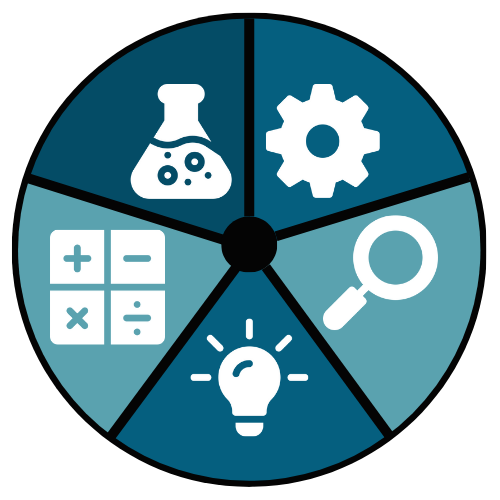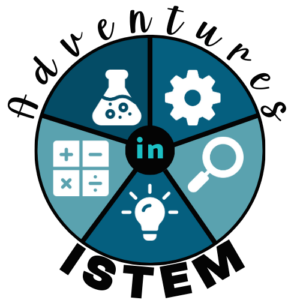The flipped classroom model has been gaining popularity this year with the increase of students learning remotely from home and the limit of time spent with students. But what is the flipped classroom model and what are the advantages and disadvantages of using it? I have been using the flipped classroom model for years now, and so I thought I would take some time to explain what the flipped classroom model is all about.
The flipped classroom model is more than just having students watch videos at home. It is a different philosophy of teaching. Instead of the teacher being the giver of information, the teacher becomes more of a coach and facilitator of information.

Traditional Classroom vs. The Flipped Classroom Model
In the traditional classroom, the teacher spends time in class giving the basic information to the students. The students take notes and do a little bit of practicing. Then the students go home and apply the information they learned in class through homework. When students leave class with partial notes or a small understanding of the information, they become frustrated when working on their homework. Having this happen too many times can make them not like the subject or give up. With the flipped classroom model, those parts are flipped. At home is where the students learn the basic information and take notes. Then they come to class to practice applying the information and extending their knowledge. There is less frustration at home during the assignment because they are in the learning phase and not the practicing and applying phase. When they come to school, they can get help and clarification when they apply the information they learned and are more willing to challenge themselves, knowing that the teacher and other classmates are there in class for support.
Key Features of the Flipped Classroom Model
There are four key features of the flipped classroom model.
Learning Environment
Having a flexible learning environment is essential to the flipped classroom. Understanding that students learn things at different paces allows some students to spend extra time understanding and applying the basic information while allowing others to extend their knowledge and challenge themselves. This leads itself to a differentiated classroom where every student is being challenged at the level they are ready for. Someone could come into your class and see some students working on projects individually, some students working together in groups, and some students getting a mini-lesson from the teacher.
Culture of Learning
Allowing students to reflect on their learning and make choices based on their self-assessments and individual likes is important in a flipped classroom. Students should be taught how to self-reflect on their learning and challenge themselves to go to the next level. Providing different options to students and allowing those that perhaps in another setting might have been told they couldn’t do the challenge because they weren’t academically ready to take on the challenge and push themselves. Allowing students to struggle and be comfortable with the struggle and earn the feeling of making it through the struggle is very powerful.
Purposeful Content
Knowing what topics and what basic information the students need to learn ahead of time to make the in-class activities more meaningful is crucial for the flipped classroom. You do not need to flip every lesson. Students do not need to watch a video every day at home. The flipped lessons you create should be purposeful to give the students the background knowledge, the basic vocabulary, and the key concepts of your unit of study. The in-class activities should be designed to apply the key concepts and extend their learning beyond.
Teacher Facilitator and Coach
With the flipped classroom model, the teacher becomes more of a facilitator and coach. They guide the students in the right direction. They provide quick feedback and constructive advice. In sports, the coach shows the athletes how to do a skill, but the athletes are the ones that have to put in the practice of doing the actual skill. The coach gives feedback on how the athlete can improve their skill, but most of the work is done by the athlete. That is what the teacher must do. Help the students through feedback and advice, but most of the work comes from the students actually practicing, failing, improving, and challenging themselves.
Advantages of the Flipped Classroom Model
There are many advantages with the flipped classroom model.
- Students can learn and take notes at their own individual pace
- Focuses on the higher level of Bloom’s instead of the lower levels of Bloom’s
- Increased student engagement with the lessons
- Differentiate to meet the needs of your students
- Students can stop, pause, rewatch the videos anytime and anywhere
- Give students more individualized attention

Disadvantages of the Flipped Classroom Model
There are also some disadvantages of the flipped classroom model that need to be considered.
- The initial setup of the at-home lesson and the in-class activities takes time.
- Less controlled setting with students working on different activities
- There needs to be a plan in place for students that do not do the flipped lesson at home
- The teacher needs to get the parents and administrators to understand and support this model, which is different than they are used to
If you are ready to get started with the flipped classroom model I have a Free guide to the Flipped Classroom Model to help you on your journey.





